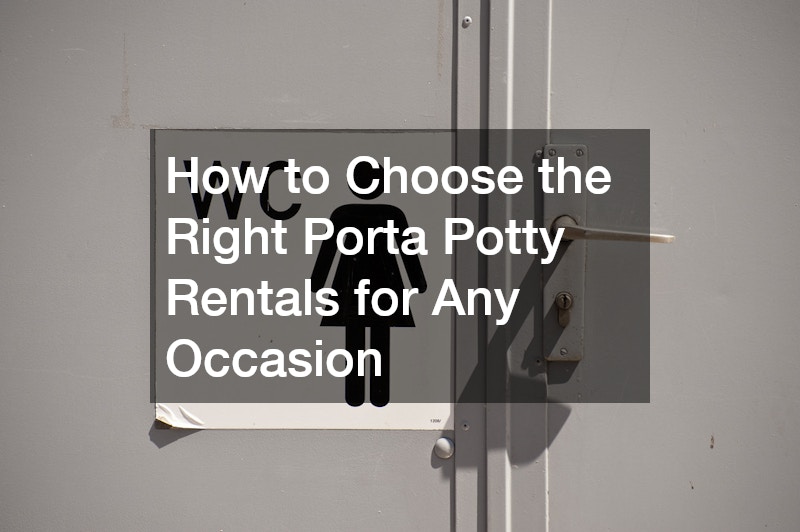Seeing bridges in a particular area is a sign that the place has advanced infrastructure. It can show good urban planning, as bridges ease the access from one place to another. But not all bridges are made equal. It can be a small infrastructure over a body of water in a local community or a multi-billion project by the national government.
As such, the costs of building a bridge vary depending on different factors. A typical pedestrian bridge, for example, costs $250,000 on average to build, according to 2022 data. Meanwhile, a bridge at the level of Oakland Bay Bridge in California can cost $6.4 billion to build.
That’s not the most expensive yet. In China, the bridge that connected Hong Kong and Macao cost a whopping $20 billion dollars. Hence, it’s impossible to determine a small cost range for building bridges. You need to factor in the type, span, and size of its construction first.
Average Cost of a Short Span Bridge
A short-span bridge is one that stretches no more than 40 feet (0.01 kilometers). Per linear foot, a single lane could cost an average of $2,000-$2,500. For a two-way bridge, the costs could reach $2,500-$3,000 per linear foot.
Those costs don’t cover rails and aesthetic add-ons yet. Constructing an approach guardrail could cost an additional $100,000. If there is higher scour potential, meaning deep piling or deep spreading is required, the overall costs would increase $30,000 more for a one-way bridge, and $40,000 more for a two-way bridge.
Architectural and engineering design costs, which include site surveying, preliminary reports, and the final design, could add 15% to the final costs.
Cost-Efficient Ways to Build a Short Span Bridge
If you’re a small construction company, you are most likely looking to build just a short-span bridge. So we’d focus on the cost-efficient ways to build such. Using the figures above, let’s assume your final cost is roughly $280,000 — can it go any lower than that?
Using these strategies, you might be able to generate the highest possible cost-savings:
-
Target the Lowest Price on the Range
If a short span bridge costs $250,000 to $300,000 to build, for example, budget for the lowest cost on that range. But manage your expectations. Spending the lowest possible price for a bridge will sacrifice some details, like aesthetics, abutment, urban location, spread footing, and more.
Basically, a low price point can only build a typical one- or two-way bridge without a distinct quality. Practicality-wise, this shouldn’t be a problem, because you’re just building better infrastructure for a community. It’s not a national government project that requires top-of-the-line qualities.

-
Rent Equipment
Even if building short-span bridges is your company’s main service, renting equipment may benefit you more than buying. Heavy equipment, like sturdy crawler cranes, hydraulic truck cranes, and the like, can generate rental costs that are tax-deductible. They are billed as a business expense, which the IRS doesn’t tax. On the other hand, capital expenses, which include purchased equipment, are only deductible at the year they are incurred. So if you bought equipment now, you can only deduct its costs from your taxes this year. They won’t generate tax savings next year anymore.
-
Design for Maintenance Instead of Replacement
Current national strategies for bridges favor replacement over maintenance. Try to deviate from this standard and design for long-term maintenance instead. Regular upkeep will save more money. One research has estimated that investing $10 billion in preventive maintenance on national bridges over three years can generate $20 billion in recurrent savings. This can happen on a small, short-span bridge, too. From the get-go, choose long-lasting and low-maintenance materials to avoid having to replace them three to five years down the road.
-
Partner With the Public Sector
A private-public partnership can help finance your bridge construction. You may even end up with a better bridge for less. As the private partner, you can only be responsible for maintaining and managing the project. Your partner from the public sector, on the other hand, will pay you back through tolls, gas tax revenues, or any associated fees.
You can also “bundle” your bridge project with neighboring Departments of Transportation. This will allow you to combine your funding and workforce resources. As a result, you can complete the project faster and spend less.
-
Use Economical Materials
Finally, choose economical materials, like steel instead of concrete, for example. Research has found that steel bridges saved more than 25% over concrete bridges, and the overall cost of building them generated 19.3% in savings.
Building a bridge will never be cheap, but you can cut back on several expenses by employing these tried-and-true strategies. Don’t forget what’s probably the most important point: build a bridge that would last.





